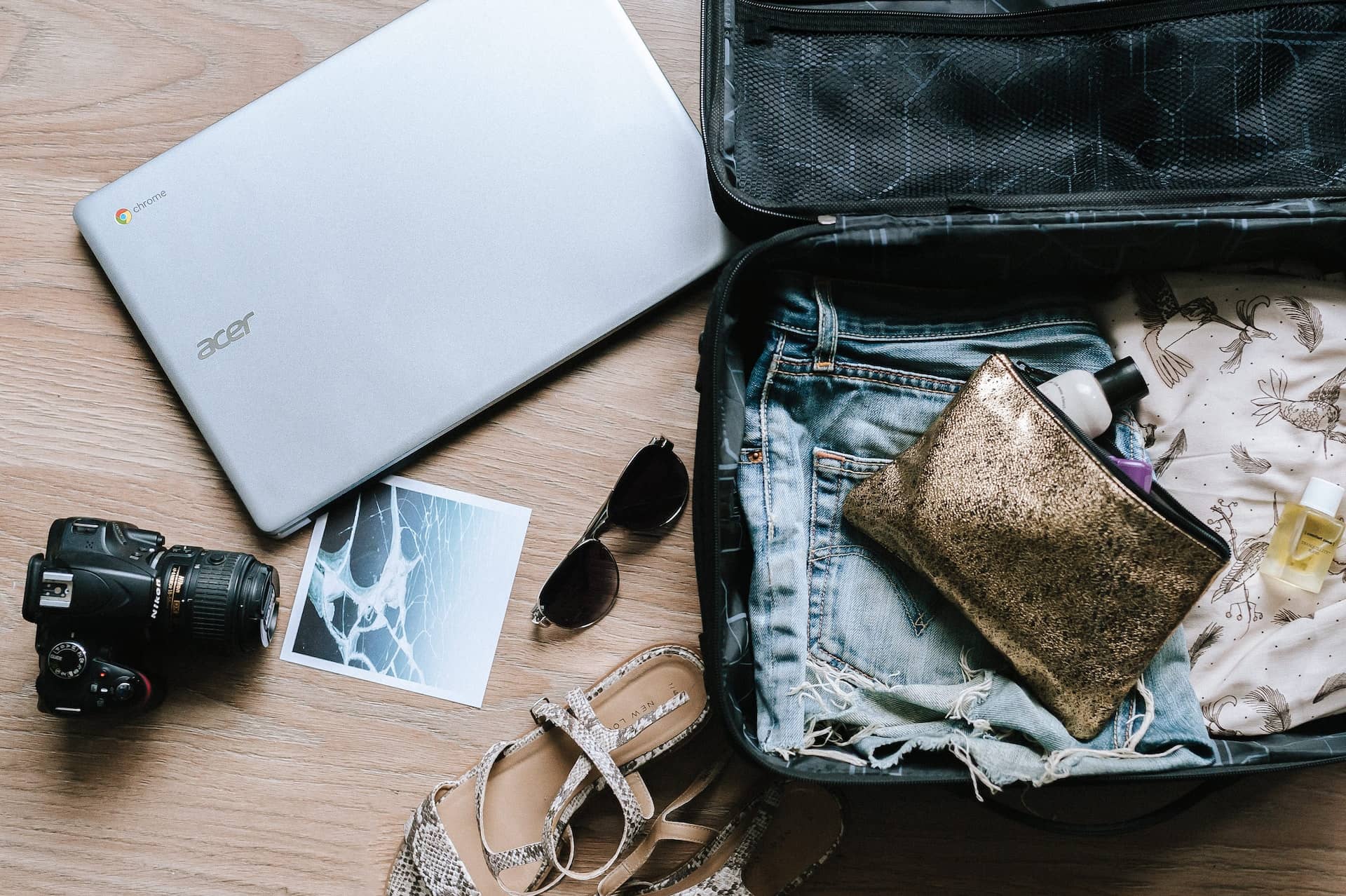For some people, packing is a highlight of their trips. For others, it’s a total drag! No matter the packer you are, you want to ensure that you pack everything you need for your trip.
Planning a trip to Kenya isn't easy, but you have chosen your destination, looked up the various tourist spots, picked the time of the year that's perfect for your safari adventure, and all that remains is your luggage. Now you’re wondering what to pack for a safari in Kenya. You don't want to bring everything with you, and you certainly don't want to bring too little. So here's a guide on what to pack for a safari in Kenya.
Related article: Which Is the Best Safari in Kenya?
What to Pack for a Safari in Kenya
Let's break down what to take on safari in Kenya.
1. Travel documents
If you're going to go on a safari, you'll need the right documents. No one wants to deal with paperwork on their holiday or any complications that can arise from not having the right documentation. So here's a list of the documents you need for a Kenyan safari:
-
Visa (you can apply for a visa online before you travel)
-
Passport
-
Proof of vaccination (COVID-19 PCR test certificate for all travellers except those who are fully vaccinated)
-
Travel insurance documents
-
Health insurance documents
-
Emergency contact numbers
-
Contact details of your tour operator
-
Maps and guide books
2. Clothing
Now that your documents are in order let's turn our attention to clothes. Consider what to wear on a Kenya safari to make packing clothing easy. Keep in mind that Kenya's mornings and evenings range from cool to chilly. Temperatures rise at noon and in the afternoon. You need to bring both cool and warm clothes with you.
Here's what we recommend you wear for your Kenyan safari:
-
Wear neutral colours such as green, brown, and khakis. You can wear pastel colours as well. Make sure your clothes have simple patterns.
-
In the evenings, wear light-coloured clothes so as not to attract the attention of mosquitoes
-
Light-weight, breathable fabrics that don't make much noise while observing the wildlife. You can either add layers when it's cold or remove them when it's warm.
-
Swimming costumes since most lodges have swimming pools.
-
Sandals or flip-flops for when you're lounging at a lodge or camp.
-
Hats and sunglasses to protect from the glaring sun (in addition to bringing lots of sunscreens too) and to help you see the wildlife better. Make sure to make the hats wide-brimmed.
-
Hiking trainers since you can expect some hiking while on safari and, of course, going in and out of the safari vehicle.
-
2/3 pair of cotton trousers
-
2/3 pairs of shorts
-
1 sweatshirt
-
1 jacket or windbreaker (try to bring a waterproof one)
-
At least 4 t-shirts or short-sleeved shirts
-
Waterproof boots
What not to bring
Now that you know what to pack for a safari in Kenya, let's talk about what not to pack:
-
Don't bring bright coloured clothes. It will draw attention to you and might even scare off any wild animal that spots you.
-
White clothes get brown from dust and dirt and far quicker than you expect.
-
Heavy hiking boots unless your travel itinerary includes a lot of hiking.
-
Formal wear is unnecessary as safaris tend to be relaxed and casual.
Whatever you pack, remember to pack lightly. The luggage allowance for local flights is 15 kilogrammes. Most lodges and camps have same-day laundry service if you're worried about having clean clothes.
3. Toiletries
Lodges offer basic toiletries, and some places even have shops, but there are some things you can bring with you.
-
Toothbrush and toothpaste
-
Shampoo and conditioner
-
Deodrant since temperatures can get high in the afternoon.
-
Sunscreen - The sun can be unforgiving on a safari, so avoid sunburns and bring as much sunscreen as possible.
-
Prescription medication if you have any.
-
Anti-malaria medication - you must take this up to four weeks after your trip ends.
-
Lip balm is necessary as riding in a vehicle with a pop-top roof can leave your lips feeling chapped.
-
Hand sanitiser for when you don't have immediate access to water and soap.
-
Insect repellant (for mosquitoes, flies, and other annoying critters).
-
Remedies to help with bug bites.
-
Make sure to see your doctor before travelling to see if you need immunisation or medication.
Instead of taking time away from your holiday shopping for essential items, you can relax in your lodgings or explore Kenya's beautiful and rugged outdoors.
Gear
Without talking about gear, a list of what to pack for a safari in Kenya is incomplete. Safaris are once-in-a-lifetime experiences. You could visit the same national park year after year, and you won't have the same exact experiences. Under a tall tree, you might see a giraffe munching on its leaves one year; in the next, you can find a lion resting in the shade. You certainly want to capture these moments with your camera! So don’t forget to pack this gear.
-
A camera
-
Memory cards
-
Chargers for all your electronics.
-
Power bank for your phone(s).
-
Binoculars to see far away animals or landscapes from your vehicle.
So there you have it, a complete list of what to take on safari in Kenya. We hope this list makes it easy for you to pack your bags!
Need help planning your trip to Kenya? Contact us today via the contact form below for an unforgettable Kenyan safari experience.
